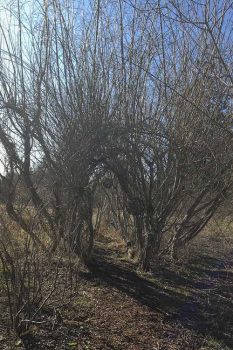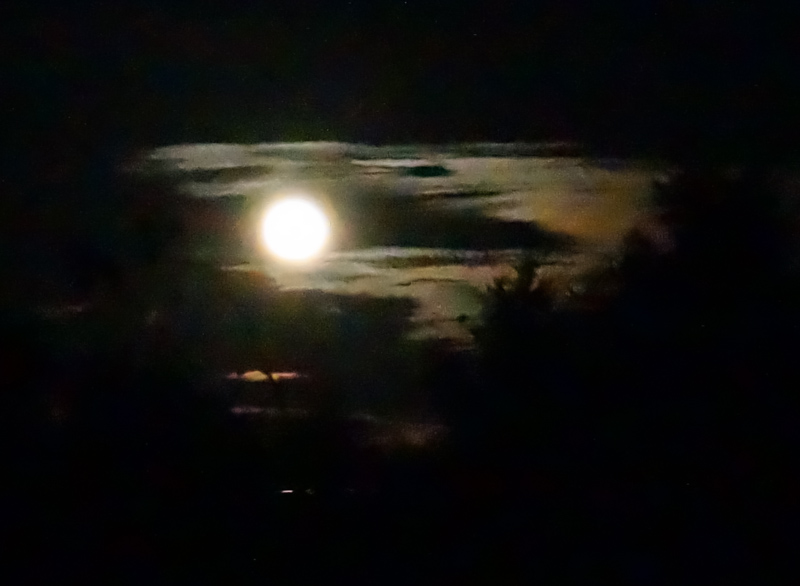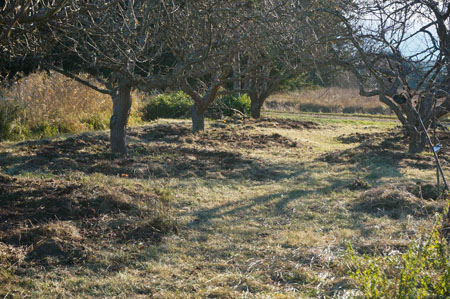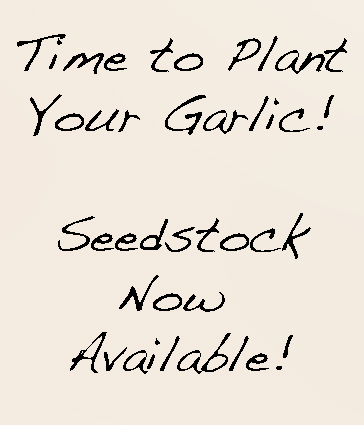We live in troubling times.
I admit. I try to stay out of politics. I avoid confrontation. I would rather be in my garden. But the recent U.S. election has made me re-think that position. Political turmoil has split our country in two. Rising powers threaten to put us on the brink of extinction. All around the world we see unrest, hunger, poverty, and extremists that thwart peaceful efforts. The Worldwatch Institute website presents a lot of data on where we are at in terms of food, energy production and consumption, climate and the environment, resources, and populations and societies. The picture is not pretty.
The question is, what are we – each and every one of us on a personal level – doing about it?
We are presented with a unique opportunity for change; and a permaculture approach can be a powerful lever for effecting that change.




